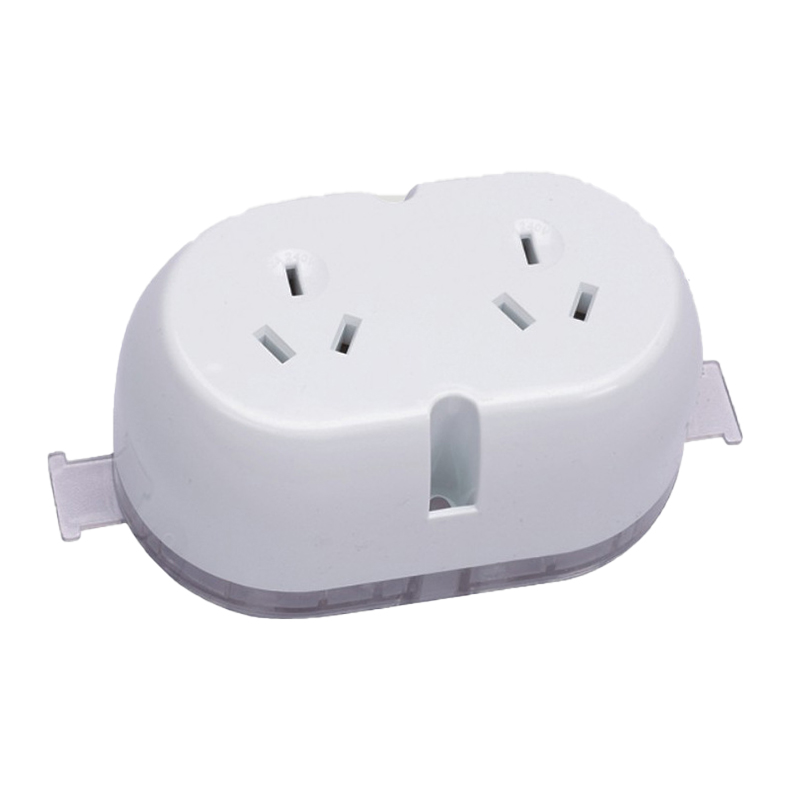Power plugs are essential components of electrical systems, providing the connection between electrical devices and power sources. While power plugs are ubiquitous in homes, offices, and industrial facilities, ensuring their safety and reliability is paramount to prevent electrical hazards and protect people and property from harm.
One of the primary safety considerations for power plugs is proper wiring and installation. Faulty wiring or improper installation can lead to electrical fires, electric shock, and damage to electrical equipment. It is essential to follow manufacturer guidelines and local electrical codes when installing power plugs to ensure they are securely mounted, correctly wired, and properly grounded.
Another critical aspect of power plug safety is the use of ground-fault circuit interrupters (GFCIs) and residual current devices (RCDs). These devices monitor the flow of electricity and automatically shut off power in the event of a ground fault or electrical leakage, preventing electric shock and electrocution. GFCIs and RCDs are commonly installed in areas with water exposure, such as kitchens, bathrooms, and outdoor outlets, where the risk of electrical hazards is higher.
Regular inspection and maintenance of power plugs are essential to identify potential issues and prevent electrical problems. Inspect power plugs for signs of wear, damage, or overheating, such as frayed wires, loose connections, or discolored insulation. Replace damaged plugs immediately and avoid overloading electrical outlets with too many devices, which can cause overheating and electrical fires.
In addition to proper installation and maintenance, choosing high-quality power plugs from reputable manufacturers is crucial for safety and reliability. Look for plugs that comply with national and international safety standards, such as those set by organizations like the International Electrotechnical Commission (IEC) or the Underwriters Laboratories (UL). These standards ensure that power plugs meet rigorous safety requirements and undergo testing for durability, electrical performance, and fire resistance.
Educating individuals about power plug safety practices is also essential for preventing electrical accidents and promoting awareness of potential hazards. Provide training and guidelines on proper plug use, electrical safety precautions, and emergency procedures to reduce the risk of electrical injuries and incidents in homes, workplaces, and public spaces.
By prioritizing power plug safety through proper installation, maintenance, and awareness, individuals and organizations can mitigate the risk of electrical hazards and create safer environments for everyone. Remember, electrical safety is everyone's responsibility, and taking proactive measures to protect against potential risks can help prevent accidents and ensure the safe operation of electrical systems.
 Abroad:[email protected]
Domestic:[email protected]
Abroad:[email protected]
Domestic:[email protected]
 Abroad: +86-18157471290
Domestic: +86-18157471293
Abroad: +86-18157471290
Domestic: +86-18157471293
- Home
- Products
- Industrial connectors
- Waterproof housings
- Power distribution box sets
- ABS electrical accessories
- Cables
- Moulds
- Power Distribution Board/Box
- Extension Lead with Plug
- AS/NZS Waterproof Electrical Products
- C Series IEC/CEE Waterproof Electrical Products
- B Series IEC/CEE Waterproof Electrical Products
- Waterproof Window Cover
- Waterproof Plastic/Metal/Aluminum Box
- House Use Electrical Items
- About Us
- FAQ
- News
- Contact Us

